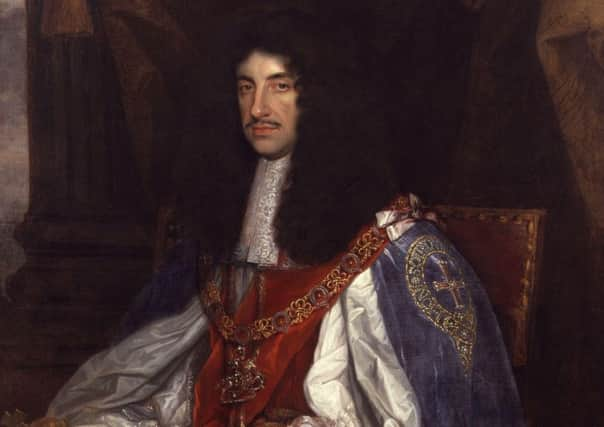Stichill baronetcy row rumbles on


It has been described as one of the most unusual cases seen in a British court and involves the fight between accountant Murray Pringle, who is in his 70s and lives in Buckinghamshire, and businessman Simon Pringle, who is in his 50s, and lives in Sussex.
The row has even seen the Queen become involved, as it was she who asked judges to give their views under legislation dating back more than 150 years.
Advertisement
Hide AdAdvertisement
Hide AdSeven judges began analysing evidence at a hearing of the Judicial Committee of the Privy Council in London in November. They reassembled this month and are considering how Scottish legislation - including the 1617 Prescription Act - affects the dispute.
The judges, all Supreme Court justices, are not expected to publish any decisions until later in the year. The jurisdiction of the Privy Council dates back hundreds of years. Its judicial committee heard appeals from countries in the British Empire.
The committee - normally made up of Supreme Court justices - still acts as final court of appeal for Commonwealth countries with no supreme court.
But it can also analyse other kinds of disputes. And the Queen can refer ‘any matter’ to the committee for ‘’consideration and report’’ under section 4 of the 1833 Judicial Committee Act.
Advertisement
Hide AdAdvertisement
Hide AdCommittee officials said that legislation had been used to bring the Stichill dispute to court - after Murray Pringle laid claim to the title. They said a baronetcy was a hereditary title granted by the Crown - and the Queen had asked the committee for an ‘’opinion’’ as to who should be entered on the ‘’Official Roll of the Baronetage in respect of the Baronetcy of Stichill’’.
It was Charles II who granted the baronetcy of Stichill, near Kelso, to Robert Pringle of Stichill - and ‘’male heirs from his body’’ - on January 5, 1683.
The 10th Baronet, Sir Steuart Pringle - a retired Royal Marine commander - died in 2013 aged 84. Now his son Simon Pringle, and Murray Pringle - Simon Pringle’s second cousin - disagree over who should claim the title.
Murray Pringle says Simon should not become the 11th Baronet because there has been a ‘’break in the line of paternity’’. His lawyers say tests have shown that Sir Steuart’s DNA ‘’did not match that of the Pringle lineage’’.
Advertisement
Hide AdAdvertisement
Hide AdThey have suggested that the problem arose following the death of the 8th Baronet, Sir Norman Pringle, in 1919. Judges have been told that Sir Norman and his wife Florence had three sons: Norman, Ronald - Murray’s father - and James.
In 1920 Florence made a formal Statutory Declaration saying Norman was the eldest son of the 8th Baronet and entitled to succeed to the baronetcy.
But Murray Pringle argues the 8th Baronet was not Norman’s father and claims that, as Ronald’s son, he is the rightful successor. Lawyers for Simon Pringle are disputing Murray Pringle’s claim to the title.
Simon Pringle has said his father and mother - Lady Jacqueline Pringle, who died in 2012 - had hoped the dispute would be solved in their lifetimes. And he said he was glad judges were asked for a ruling.